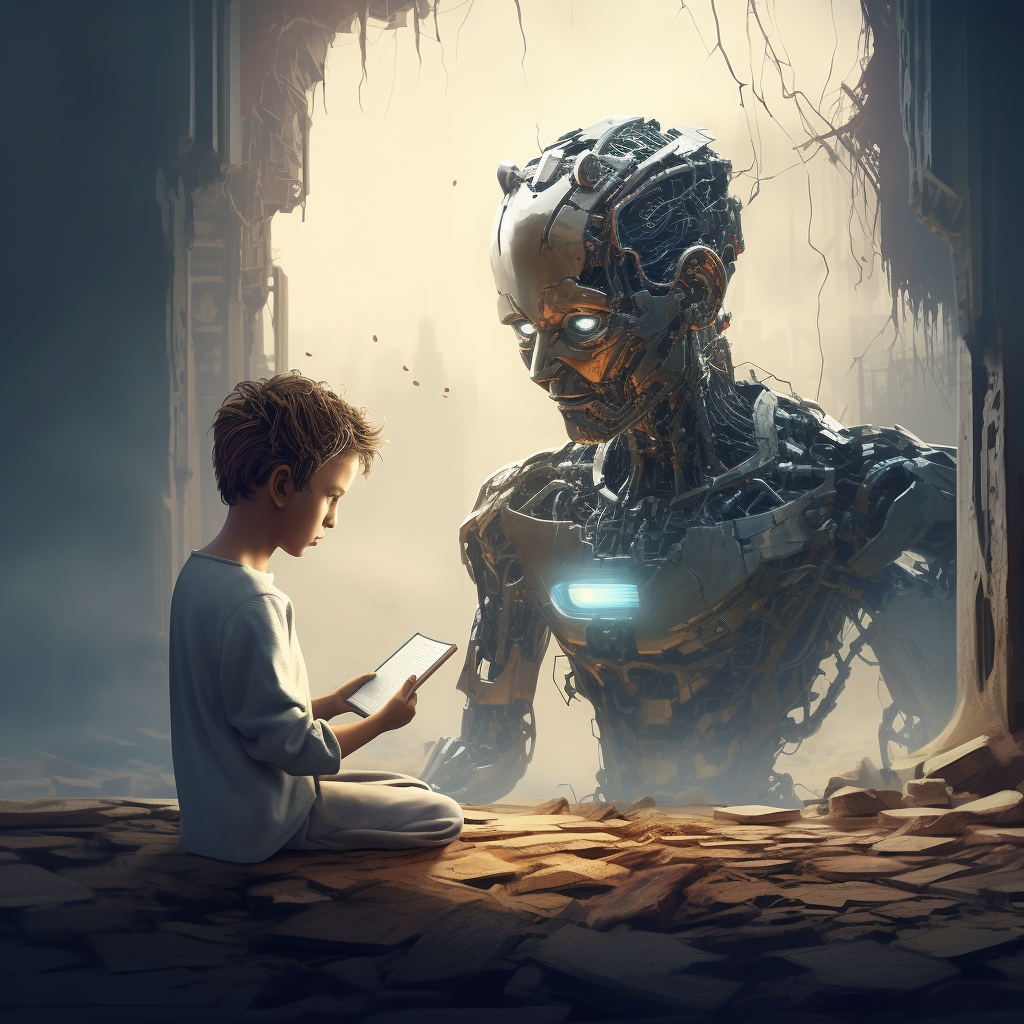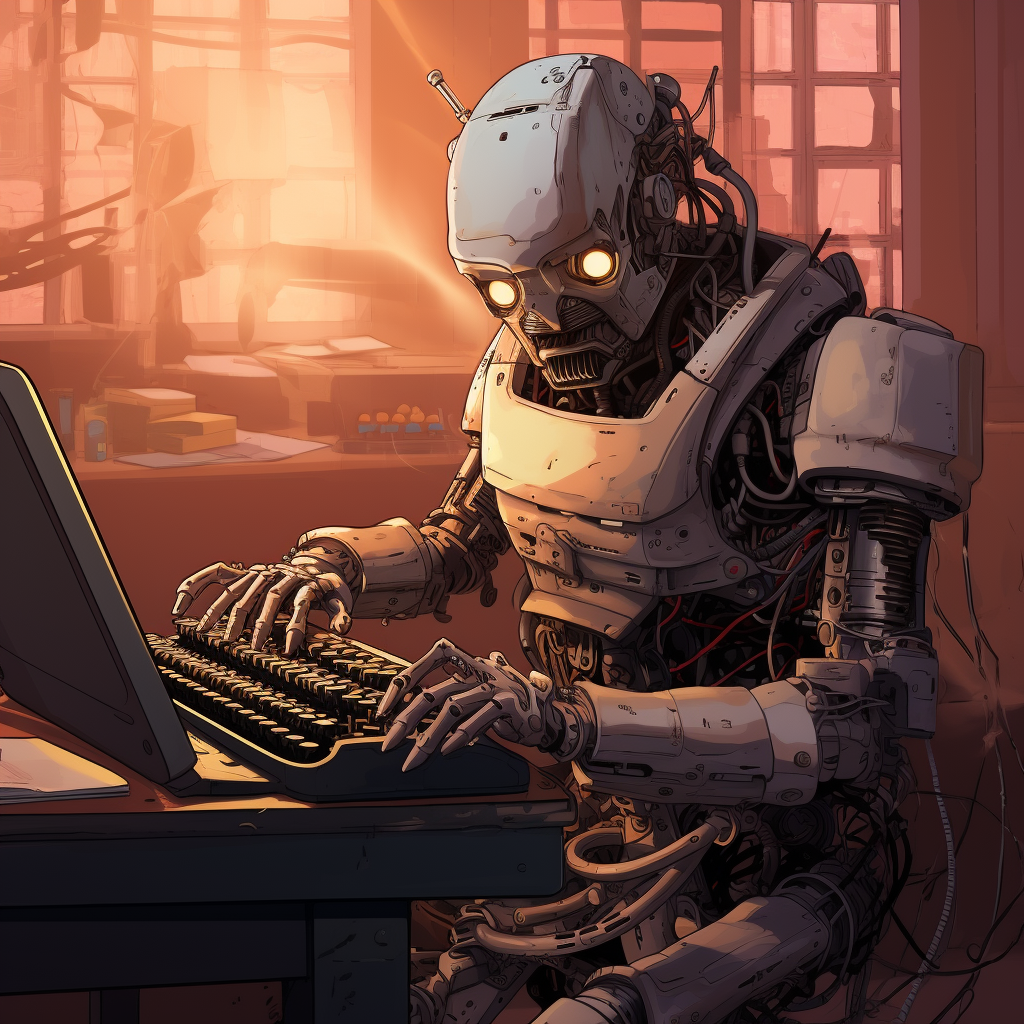
What do you remember most about an experience?
Is it the beginning, the middle, or the end?
Taken at face value, we might be tempted to say the beginning – those first few moments of encountering something new.
Or if you’re one of those folks who likes to focus on the journey rather than the destination, you might say the middle.
Or if you think the end matters more than the means then, well, the end.
All of these can be true, but when it comes to certain types of experiences, it seems that the middle – or the “peak” – as well as the end are the two that can leave the most lasting impression on us.
Let’s look at an example.
Say you went to a restaurant and want to talk about the experience with your friends afterwards. What parts of the experience do you usually focus on?
Was it the way the food looked in the menu, the way it tasted in that first bite, or the way it left you feeling when you were done?
If I had to guess, you would probably spend most of your time talking about how the food tasted with your friends – the peak – and whether by the end of the evening you would go back or not.
Granted, you might talk a lot about that first impression if the rest of the experience let you down. But that might just underline the importance of the middle and the end.
The importance of peaks and endings in experiences is something others have noticed, and not just about food.
To give another angle: according to data compiled in the typically insightful newsletter Ariyh, a satisfied customer is one who felt a strong connection and a positive emotional response at the peak and ending of their journey.
So, when it comes to products and services, customers don’t tend to judge the experience based on their first impressions.
At least, not when it was a positive experience.
This had me thinking how the same observation is often true in storytelling.
Think about it.
How common is it for a story to start off slow, but then hit you with an unexpected meaningful peak or maybe a twist, and then a bang of an ending?
More importantly – how often are those the stories you are more likely to remember? And share? And talk about after?
As a note, the flip side is true too. It doesn’t matter how strong your opening is – if your story goes nowhere and ends on a whimper, it’s going to be forgotten.
The importance of peaks and endings cannot be understated for literature.
Good books leave you feeling something.
Take The Great Gatsby.
Those last few lines are killer, but can anyone remember the opening lines of the book?
Or what about the feeling that Call Me By Your Name leaves you with? Not a bad ending but can you honestly say the first half of that book was anywhere near as memorable as the second half?
A lot of detective fiction works on this principle too (particularly Nordic Noirs, which I love). In crime fiction, the peak often happens when the identity of the killer being revealed. It gives you that rush before the (typically) cathartic ending afterwards.
Or perhaps if you’re the type who enjoys reading cozy locked room mysteries, the peak also happens at the ending.
This is also the case with a lot of movies – the ending is what sticks with you after you leave the theatre and recommend it to friends (or not) – not those first few minutes followed by ninety minutes of stink.
The Usual Suspects, The Mist, Se7en, Planet of the Apes, Twelve Monkeys, and countless others take this to heart (and I honestly can’t recall the first scene of most of these).
As a side note: arguably all of Shyamalan’s films have tried to work this formula with their “twist” endings, for better or worse.
Of course, this not a perfect rule by any means.
The Gunslinger by Stephen King breaks the rule. That book is commemorated for having one of the strongest opening lines in history, but I honestly couldn’t tell you how it ended.
Nevertheless, for writers and storytellers, there is certainly something to be noted here.
While the first lines of a story should pull the reader in (or the first scene, draw in the viewer), if the peak and ending don’t resonate, it won’t matter how much time you spent crafting that opening.
I wish I could say that I was an ardent follower of this philosophy in my own work. In my own writing, I often spent way too much time getting caught up in beginnings that I overlook how to cap off a story.
(Sigh. Pointers for the future)
But wait, what does this have to do with AI?
We’re getting close to a turning point or perhaps crossroads with AI and storytelling.
AI has already figured into discussions about storytelling – most notably as one of the sticking points in the recent WGA strike.
Small to medium publishers have also taken steps to address the use of AI in storytelling – many of them including newly added captions to their submission guidelines informing submitters that any work found to have been produced in whole or in part by AI will be rejected.
By and large, storytellers do not want AI encroaching on their space nor their trade.
Fortunately, and I can say this with some confidence, in it’s current state, AI cannot replace storytellers.
But that doesn’t mean there’s a possibility that it won’t in the future.
As Large Language Models (LLMs) devour more and more fiction, film scripts, and anything else they can get their crawlers on to effectively “learn” more about how a story is composed, there a chance that in the near future the next bestseller will be composed entirely by an AI.
Only, I suspect it will be more of a curiosity at first than a genuine replacement.
If we consider the discussion we’ve had so far about the importance of “peaks” and “endings” in creating emotional attachment, resonance, and memorability, AI is at a serious disadvantage.
Sure, an AI can likely come up with a complete twist ending that comes out of left field and surprises the hell out of us.
BUT!
Because AI doesn’t understand emotional resonance, it can likely never deliver a twist or story peak that hits with the same power as one crafted from actual human experience.
At best, I suspect that the peaks, twists, and endings an AI produces might come out as feeling either ho hum, random, or largely nonsensical.
The simple fact of it, crafting a story is one thing, but crafting a good story is seriously hard work.
Anyone can write an unmemorable story. Hell, half of our days are likely filled with unmemorable moments.
But to piece together the setup, the peak, and the ending that stays with us – the ones that master storytellers who fundamentally understand the human condition and its weaknesses produce – that’s an altogether different matter.
At this point, I haven’t seen anything that suggests an AI can give us a journey like the best ones out there. In that regard, writers – human writers – have an ace up their sleeves.
However, the bigger problem, is that we might get to a point where no one cares.
We might get to a point where the bare minimum AI regurgitated story might be good enough – or worse, become the norm.
I feel that’s the bigger danger of unchecked use of AI – the real possibility of low quality shovel ware depth stories being more profitable for the people distributing them than human crafted works.
Whether it’s movie producers willfully churning out crap to save a few bucks from paying a screenwriter, to publishers flooding the market with a new breed of AI produced dime novels, one should never underestimate man’s (or woman’s) desire to turn around a quick buck.
If people allow themselves to be willing participants and consumers of AI stories – beyond the initial novelty – that’s where the real danger to storytelling lurks. When we simply no longer care.
